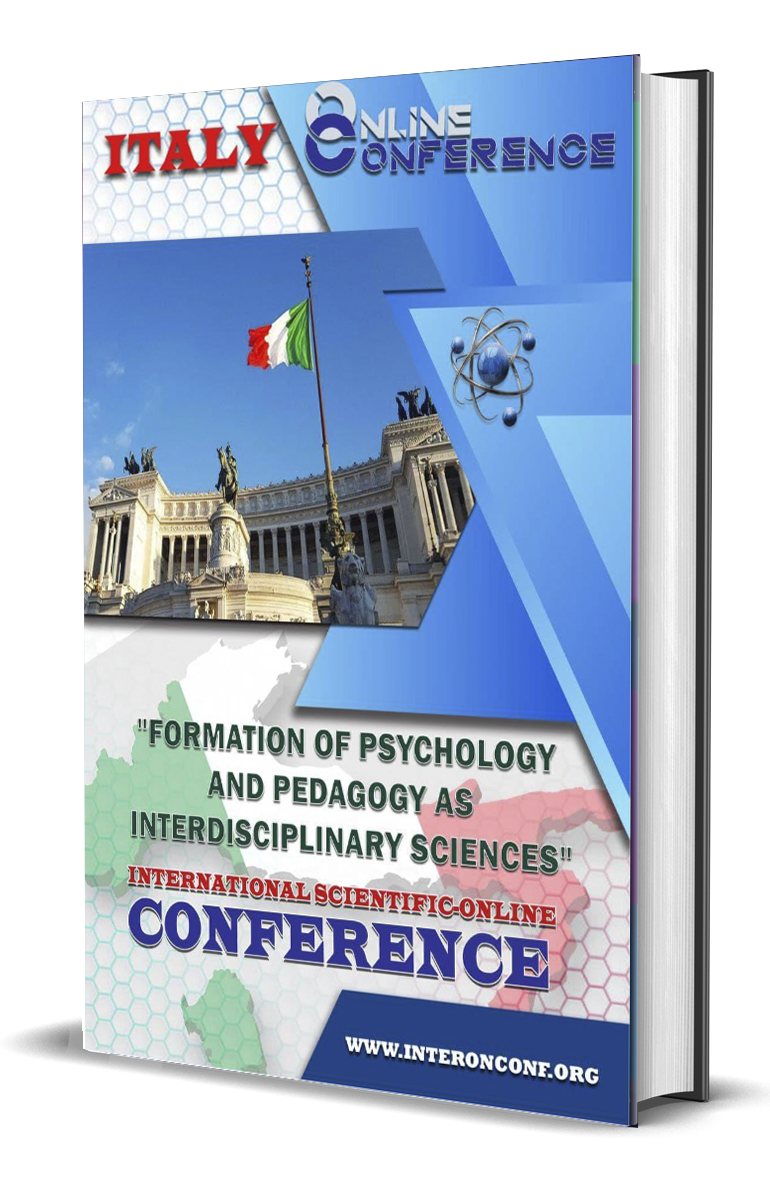THE ROLE OF TECHNOLOGY IN SHAPING THE FUTURE OF TRANSLATION STUDIES
Ключевые слова:
technology, translation studies, machine translation, artificial intelligence, computer-assisted translation, language processing algorithms, translation tools, emerging trends, blockchain, neural machine translation, translation pedagogy, ethical considerations, contemporary landscape, future perspectives, case studies, translation practices, linguistic technology, digital transformation, translator roles, interdisciplinary research, language technology.Аннотация
As the field of Translation Studies navigates the ever-evolving landscape of technological advancements, this article explores the profound impact of technology on the future trajectory of the discipline. Recognizing the increasing influence of tools such as machine translation, computer-assisted translation (CAT) tools, and language processing algorithms, the article provides a comprehensive analysis of the contemporary state of technology in Translation Studies. The topicality of this study lies in the current transformative phase that Translation Studies is experiencing due to advancements in technology. This article aims to fill a critical gap in the literature by offering a holistic examination of how technology, ranging from historical tools to cutting-edge artificial intelligence, is reshaping translation practices, education, and ethical considerations. One novel aspect of this exploration is the detailed examination of emerging trends and technologies, including artificial intelligence, neural machine translation, and blockchain applications in translation. By delving into these groundbreaking developments, the article contributes to the scholarly conversation on the future of Translation Studies, shedding light on the potential redefinition of roles, responsibilities, and methodologies for translators in a technologically driven era. Furthermore, the article incorporates case studies that provide in-depth insights into the practical implications of technology on translation projects. These case studies not only offer a nuanced understanding of the challenges and successes encountered but also serve as valuable learning experiences for scholars, practitioners, and educators in the field.
Библиографические ссылки
Vaswani, A., Shazeer, N., Parmar, N., Uszkoreit, J., Jones, L., Gomez, A. N., ... & Polosukhin, I. (2017). Attention is All You Need. Advances in Neural Information Processing Systems.
Choudhury, S., Ghosh, D., & Barua, A. (2021). Augmented Reality in Translation: Current Trends and Future Directions. Journal of Multilingual and Multicultural Development, 1-17.
Cho, K., Van Merriënboer, B., Gulcehre, C., Bahdanau, D., Bougares, F., Schwenk, H., & Bengio, Y. (2014). Learning Phrase Representations using RNN Encoder–Decoder for Statistical Machine Translation. arXiv preprint arXiv:1406.1078.
Hutchins, J., & Somers, H. (1992). An Introduction to Machine Translation. Academic Press.
Kosinski, M., Stillwell, D., & Graepel, T. (2013). Private traits and attributes are predictable from digital records of human behavior. Proceedings of the National Academy of Sciences.
Wilks, Y., & Stevenson, M. (1998). The grammar of sense: Using part-of-speech tags as a first step in semantic disambiguation. In Proceedings of the 36th annual meeting of the Association for Computational Linguistics and 17th international conference on Computational Linguistics-Volume 2 (pp. 824-828).
Brown, P. F., Della Pietra, S. A., Della Pietra, V. J., & Mercer, R. L. (1993). The mathematics of statistical machine translation: Parameter estimation. Computational linguistics, 19(2), 263-311.
Papineni, K., Roukos, S., Ward, T., & Zhu, W. J. (2002). BLEU: a method for automatic evaluation of machine translation. In Proceedings of the 40th annual meeting on association for computational linguistics (pp. 311-318).
Lipton, Z. C. (2016). The mythos of model interpretability. arXiv preprint arXiv:1606.03490.
Robinson, P. (2001). Task complexity, cognitive resources, and syllabus design: A triadic framework for examining task influences on SLA. In Task-based language teaching (pp. 279-310). Georgetown University Press.
Rehurek, R., & Sojka, P. (2010). Software framework for topic modelling with large corpora. In Proceedings of the LREC 2010 workshop on new challenges for NLP frameworks (pp. 45-50).
Jurafsky, D., & Martin, J. H. (2009). Speech and language processing: An introduction to natural language processing, computational linguistics, and speech recognition. Prentice Hall.





